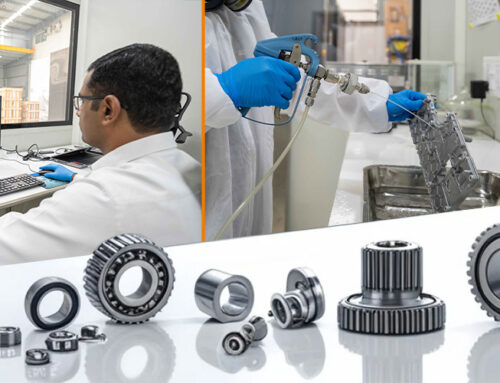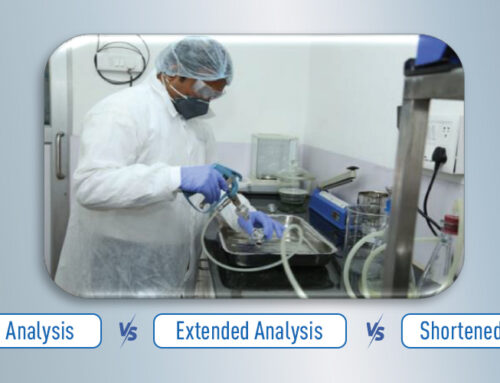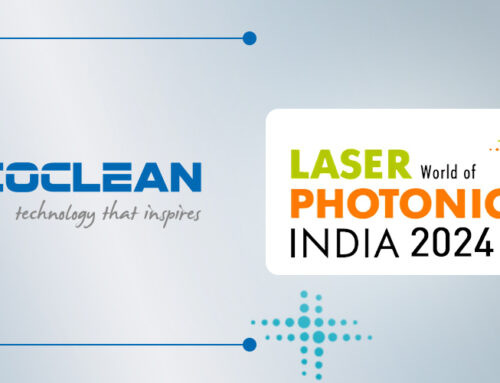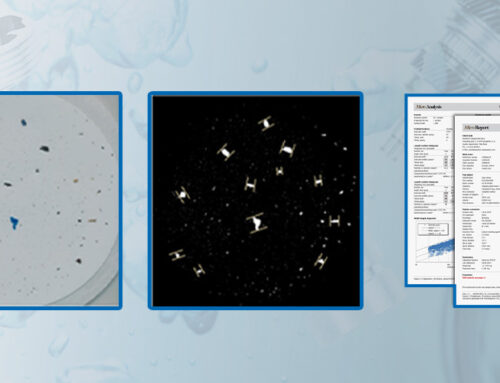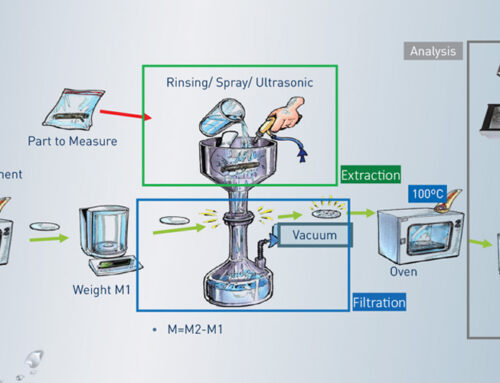Technical cleanliness has become a crucial standard across various industries—particularly in sectors like automotive, aerospace, electronics, and medical devices, where contaminants in complex assemblies can lead to significant issues. With the increase in precision engineering and miniaturization, maintaining technical cleanliness is a challenge that cannot be overlooked.
Why Technical Cleanliness is Crucial for Complex Assemblies
Complex assemblies often consist of multiple interconnected parts, each with intricate structures and tight tolerances. Even the smallest contaminants, such as dust particles or microscopic metal shavings, can compromise the functionality, durability, and safety of these assemblies. Failure to meet cleanliness standards can result in:
- Reduced product reliability: Contaminants can lead to wear, corrosion, or even short circuits in electronic parts.
- Increased warranty costs: Products that fail due to contamination often require costly repairs or replacements.
- Safety risks: In industries like aerospace or medical devices, contaminants can pose severe safety risks.
Common Challenges in Achieving Technical Cleanliness
- Complex Geometry of Parts Parts with complex geometries, such as intricate grooves, holes, or channels, are challenging to clean thoroughly. Contaminants can get trapped in areas that are hard to reach with conventional cleaning methods.
- Varying Contaminant Types Complex assemblies may be exposed to a wide range of contaminants, including particulate matter, oils, greases, and even bio-contaminants in certain sectors. Each contaminant type requires different cleaning techniques, making the process intricate and time-consuming.
- High-Volume Production Requirements Maintaining technical cleanliness while meeting high production demands can be a significant challenge. Fast-paced production lines leave little room for extensive cleaning, increasing the risk of contamination.
- Stringent Industry Standards Industries such as automotive and medical devices have rigorous cleanliness standards. For instance, ISO 16232 (Road Vehicles — Cleanliness of components) and ISO 14644 (Cleanrooms and associated controlled environments) outline strict guidelines that must be followed.
Effective Strategies to Overcome Technical Cleanliness Challenges
1. Implement Advanced Cleaning Technologies
Advanced cleaning technologies such as ultrasonic cleaning, plasma cleaning, and laser cleaning are highly effective in removing contaminants from complex assemblies. These methods use various physical and chemical principles to clean surfaces without causing damage.
For instance, ultrasonic cleaning employs high-frequency sound waves to agitate a liquid cleaning agent, creating tiny bubbles that reach even the smallest crevices in parts. Plasma cleaning uses ionized gas to remove organic and inorganic residues from the surface.
2. Choose the Right Cleaning Agents
Selecting the appropriate cleaning agents is vital. For oil or grease removal, solvents or surfactant-based cleaners are effective. However, it’s essential to choose agents compatible with the materials used in the assembly. Eco-friendly solvents are gaining popularity for their reduced environmental impact while still being effective in removing contaminants.
Consider consulting with cleaning specialists to ensure compatibility between cleaning agents and materials to prevent potential issues, such as chemical reactions or material degradation.
3. Incorporate Inline Cleaning Solutions
Inline cleaning solutions are integrated into production lines, allowing for continuous cleaning without interrupting workflows. This approach can be highly beneficial in high-volume production environments, helping to maintain cleanliness standards without compromising efficiency.
Technologies like automated washing systems can be customized to suit specific production lines, ensuring each component meets cleanliness requirements before moving to the next stage of assembly.
4. Utilize Cleanroom Environments for Critical Assemblies
When dealing with high-stakes components in sectors like aerospace or medical devices, using cleanroom environments can greatly enhance technical cleanliness. Cleanrooms provide a controlled environment with minimal airborne particulates, ensuring that contaminants don’t compromise sensitive assemblies.
Industries that require stringent cleanliness often adhere to ISO Class 5 or Class 6 cleanroom standards to maintain the highest levels of technical cleanliness.
5. Regular Monitoring and Testing
Consistent monitoring and testing are key to ensuring ongoing compliance with cleanliness standards. Methods such as particle counting and gravimetric analysis can help determine the amount and type of contamination present in parts.
- Particle Counting: This method measures the number and size of particles on a component’s surface. This testing can be done manually or with automated systems to quickly assess cleanliness levels.
- Gravimetric Analysis: This process involves weighing contaminants extracted from a part. It’s particularly useful in industries where precise measurements are required.
Testing should be conducted both before and after assembly, ensuring that no contaminants are introduced during production.
The Role of Employee Training in Maintaining Technical Cleanliness
Employee awareness and training are fundamental to maintaining technical cleanliness. Staff members should be well-versed in contamination control, proper handling procedures, and cleaning techniques. Regular training sessions can equip the team with the knowledge to prevent contamination during production and assembly processes.
Training should cover:
- Correct handling and storage procedures
- Identification of common contaminants and methods to prevent contamination
- Proper use of cleaning equipment and agents
Partnering with Ecoclean India for expert-led training sessions can ensure that your team adheres to industry-leading practices in technical cleanliness.
Monitoring the Impact of Cleanliness Measures
After implementing cleanliness measures, it’s essential to monitor their effectiveness continually. Use data analytics to track cleanliness levels across different stages of the assembly process, and adjust cleaning protocols based on the findings.
Conclusion
Overcoming technical cleanliness challenges in complex assemblies is an ongoing process that requires a strategic approach, advanced cleaning technologies, and a focus on stringent quality control. Industries that prioritize technical cleanliness will not only improve product quality but also enhance reliability and safety for end-users.
For assistance with achieving industry-leading technical cleanliness standards, consider reaching out to Ecoclean India, a trusted name in innovative cleaning solutions tailored to complex assembly requirements.



